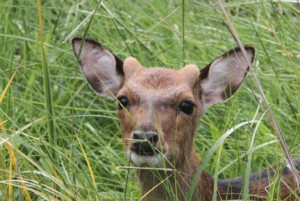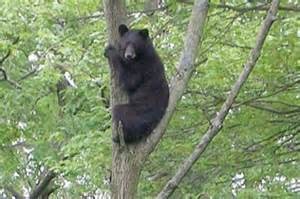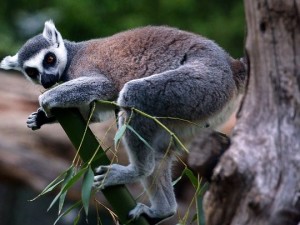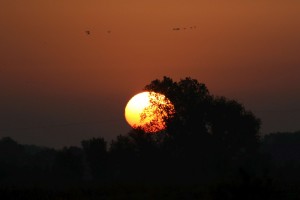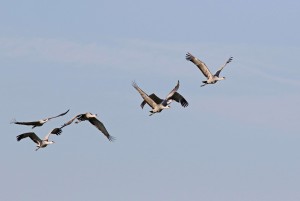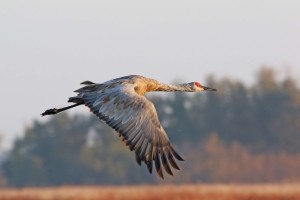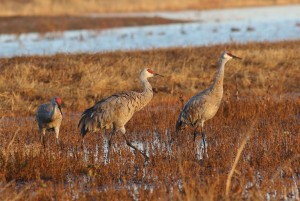I was looking on the internet for photos of The Kittery Trading Post, near where I live, when I came across this article (http://www.oddthingsiveseen.com/2013/03/the-inside-out-museum-cabelas.html) comparing KTP (the affectionate moniker for the store used by us locals) with Cabela’s. The man who wrote it took a moderately condescending stance, making allusions to the “rednecks” who frequent stores like Cabela’s but I agreed with the main point of this piece which focused on the prevalence and display of taxidermized animals at each location. Ocker (the writer) cites the difference in scale of the animals represented at KTP and Cabela’s and also the variety.
At KTP, the animals are positioned (mostly) tastefully, and are accessories to the merchandise as opposed to mascots in the shape of centerpieces. They are moose, mountain lions, otters, beavers, pheasants, and other critters who lived and died in Maine or other nearby parts of New England/Canada. Despite being someone who loves animals and is easily made sad at the thought of their death, I have never felt uncomfortable with the way these animals are presented (except for the babies, there’s a baby black bear on the way to the camping section that’s always broken my heart). Having read the post that the Cabela’s post is a response to (http://www.oddthingsiveseen.com/2012/11/dead-animals-and-christmas-shopping.html) I took this man’s reaction to be similar- one of amusement and amazement and an understanding of the store’s intention. It is a spectacle, to be sure, and it’s grown monumentally from it’s original roots as a fur trading post in the 1800s, but it retains a sense of authenticity and appreciation for that which it displays and sells in the name of nature.
At Cabela’s, walking through the front door feels like an assault of some sort. The way the animals were posed and mounted just made me imagine them all stacked in a massive pile with a Cabela’s manager plotting where they would go in the absurdly enormous warehouse-style store. This again seemed to accord with this man’s thoughts upon his encounter with the outdoor-retail superstore. The big game animals feel out of place and museum-like, but not in a way that one is intended to appreciate them so much as one is supposed to browse them on their way through the gift shop while they entertain more important matters, like guns and meat processors. Amusingly, Ocker was confused about the living fish surrounded by dead animals, just as we were when we analyzed “The Mountain”.
I don’t think Ocker felt as disconcerted by the experience as we did, and I find it entirely likely that many classmates would be just as disturbed by KTP as they were by Cabela’s. Perhaps it is my proximity to and history with KTP that allows me to view it as a nature-respecting, outdoors-promoting establishment. Perhaps it is my ties to Maine and my understanding of the states’ residents’ appreciation for moose and woodland critters that allows me to justify their displays as tasteful. But I found it really interesting to stumble upon this man’s investigation of both stores and wonder what comparisons and differences others might draw between the two.

